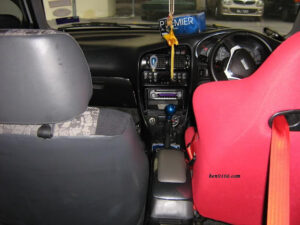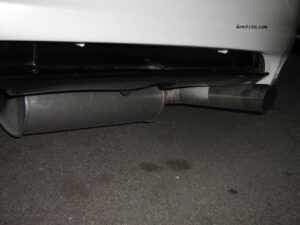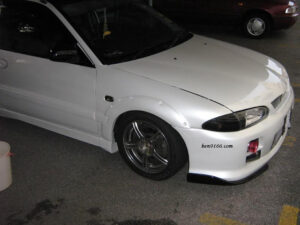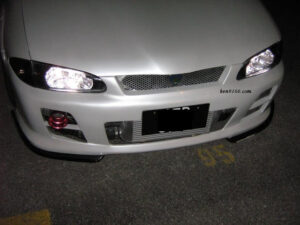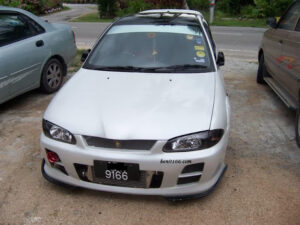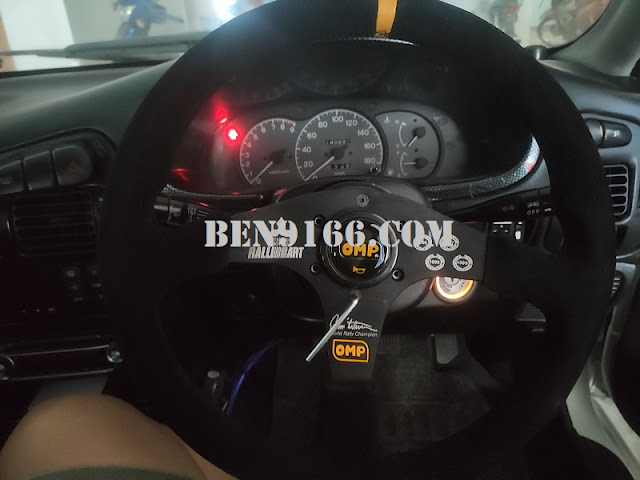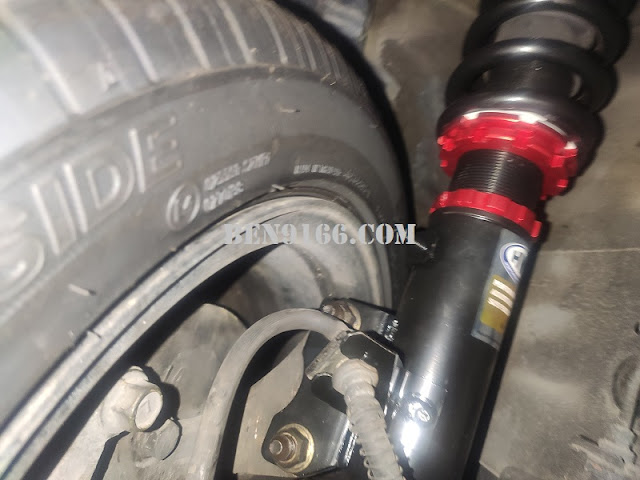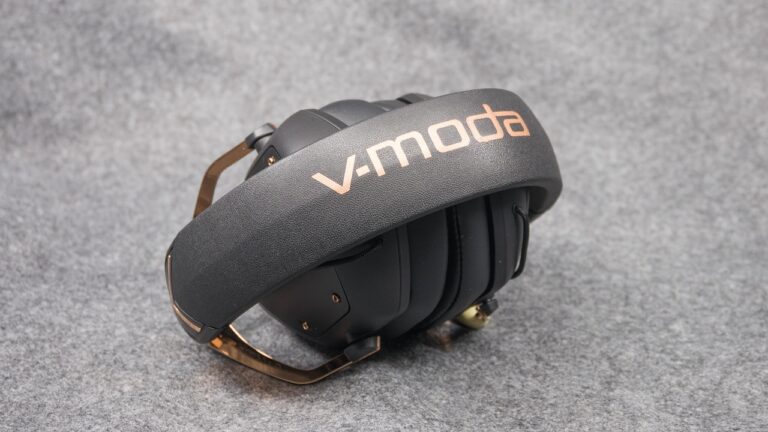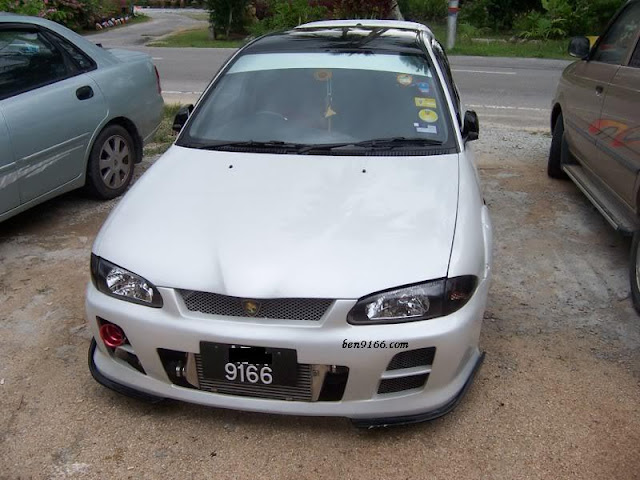
The Proton Satria was a special gift from my parents when I earned my driving license. While it’s often criticized as a locally made car, I take immense pride in owning it. If you’re here to speak ill of Proton, I kindly ask you to move on from this post.
The Satria Original Setup: A Modest Beginning
When I first got the car, it came equipped with a 4G13P 1.3L SOHC engine, paired with a Siemens ECU, producing around 80 hp. To boost performance, I added a performance cam, an upgraded exhaust system, a cold air intake, and an E-manage piggyback ECU. These mods pushed the power slightly above 100 hp, but as a performance enthusiast, I felt it wasn’t quite enough for the investment I made.
The Engine Swap: Going Turbo for the Satria
After some careful thought, I decided to swap the stock engine for a 4G93T 1.8L turbocharged engine from the Mitsubishi Lancer. This engine produces around 180 hp, which is a significant upgrade. While I initially considered the 4G63T 2.0L turbo from the Mitsubishi Evo 3, I had to abide by the JPJ (Malaysian Road Transport Department) regulations, which allow a maximum 25% engine capacity increase. This made the 1.8L engine the legal option.
Despite the legal limitations, I did have to pay some “fees” to get the car to pass the required JPJ and Puspakom inspections.
Modifications: Performance and Aesthetics
Once the new engine was in, I made more upgrades. The exhaust system now uses a 2.5” stainless steel pipe paired with a 3.5” exhaust and an RSR S-flow muffler. I later switched the 4” exhaust tip to a 3” one to avoid attracting too much attention. I also installed a VR4 intercooler with upgraded piping. While the larger intercooler improved cooling, it caused some pressure loss due to longer piping. A HKS air filter with a cold air intake (CAI) setup helped balance things out. Additional upgrades included a new ECU and a fuel pressure regulator (FPR) to fine-tune performance.
Interior Upgrades: Keeping Track of Performance
Inside the cabin, I replaced the stock dashboard with one from a Mitsubishi Lancer. It includes a digital air-conditioning control panel. I also added performance gauges like the Apex-i boost meter and the Apex-i RSM. For better safety and comfort, I installed a semi-bucket seat and a 4-point Sparco safety harness.
Exterior Enhancements: A Fresh Look
The exterior received a fresh pearl white paint job. I fitted the car with 15” ATZ rims wrapped in Yokohama Advan Neova AD07 tires. To enhance braking, I added slotted disc rotors.
Final Thoughts and What’s Next
It has come a long way from stock. Stay tuned for future updates, and don’t forget to check out my Toyota Celica project too!
